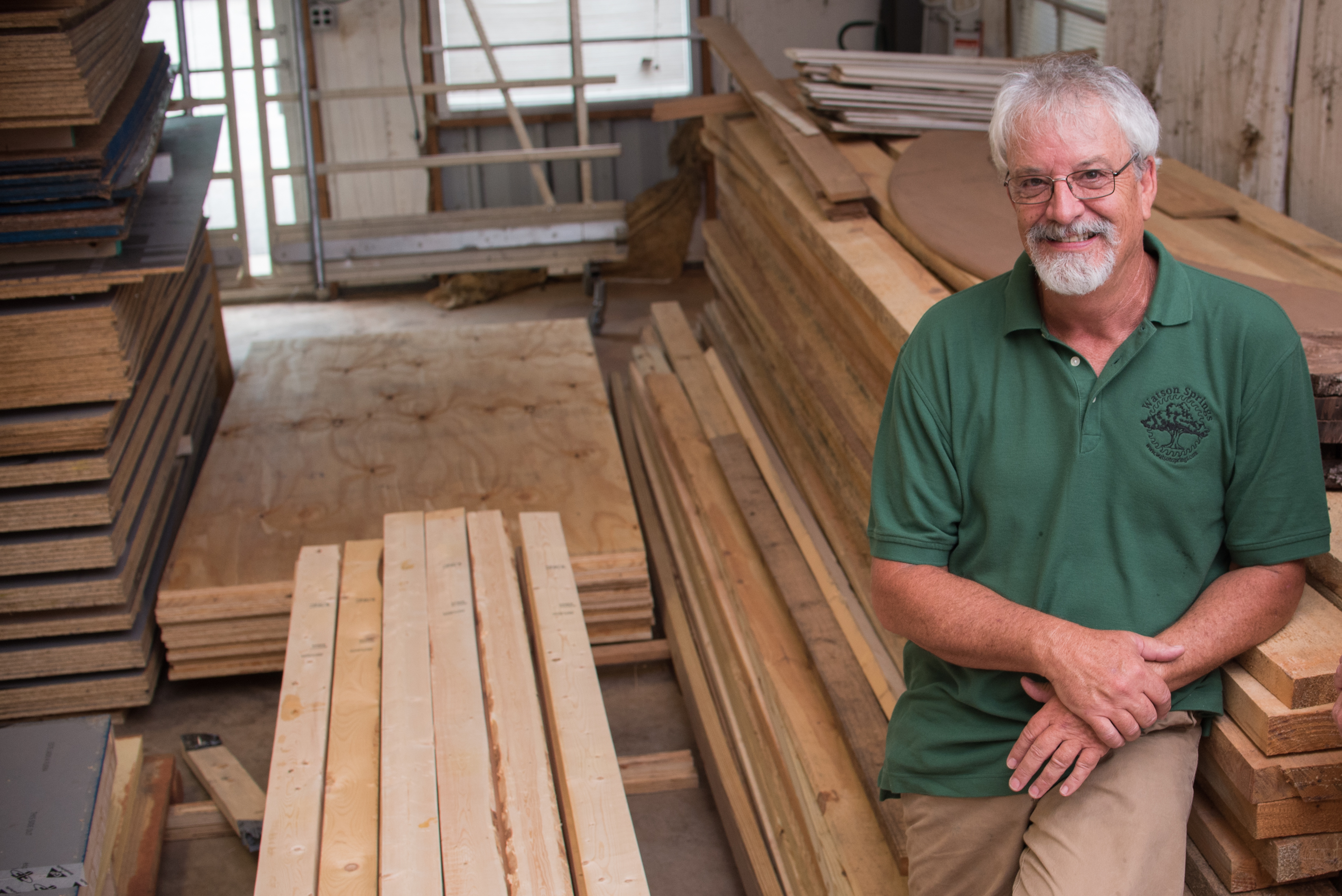When I sat down to write a blog, I asked myself why would someone want to hear from me? What would they want to read? If you’re thinking that, I don’t blame you. But hear me out and read this post.
I’m going to tell you about me, my past experiences and our background. Then maybe you’ll determine that I’m worth reading on a regular (or even irregular basis).
Who I am
At the end of the day, I am a wood scientist. But, first and foremost, I’m a wood guy. I am all about the wood: identifying wood, evaluating what can be done with a tree, figuring out how to make sure the wood is milled and dried correctly, and reclaiming wood that still has either production or emotional value.
I admire the beauty of the wood with the hopes of seeing it become something others will appreciate and marvel over. I’ve cruised timber tracts, sold wood, milled wood, dried wood and have spent much of my more recent years helping people accomplish their goals usually involving wood—be it figuring out to do with a tree with great personal meaning or developing building products with a focus on preserving the materials (usually wood) and protecting them from air and moisture penetration.
With all that work, it’s no surprise that my wife is constantly sweeping wood dust off me. I bleed sawdust.
Background
I grew up in Athens, Georgia and have worked in the construction field since 1980. My time as a construction worker taught me valuable lessons not only on how to build but also on bad practices that seemed to be so prevalent in the building industry, especially back in those days.
In 1996, I graduated from UGA’s Warnell School of Forestry with a degree in forestry. After that, I studied wood utilization and completed the coursework for a masters degree. I studied with Dr. Tim Faust and learned a great deal from my mentor who—while I was still studying under him—was taken too soon by cancer. Dr. Faust reinforced the scientific approach I take in tackling challenges in the building industry. His teachings helped make me wary of those who skip over the important steps required to make logical scientific decisions through testing. The lessons that I learned as a construction worker and the discipline to understand a scientific approach combine to help me understand how I can help make buildings better by taking care of the very thing that the house is mostly constructed of—wood.
My first job after my graduate work was for a company that developed engineered woods—mainly oriented strand board (OSB) for floors, walls, and roofs. I was working in the research and development department, which, at the time, was trying to make a change to a more specialty product manufacturer and less of a commodity producer.
My first thought, inspired by my friend Richard Shrader, was to think about how I could turn a commodity OSB into a higher value product. Using aniline dyes during the production process, I was able to create some really nice looking finished colored panels, but sadly that never got off the ground.
However, my next project was to create a panel for sheathing a roof, where the water-resistant layer would be pre-applied. This would allow you to get rid of roofing paper (I hated putting roofing paper on houses). This led to a change in the way we build today, and my continued research in that area has led me to understand more about roof and wall systems and how this type of system can be used to create a better home while taking care of the wood that makes the building envelope.
Watson Springs
I had the great fortune to meet Richard back in 1990. When I met him, he was driving a truck for a construction crew. I never questioned this until I saw a fireplace mantle he had convinced the builder to let him produce. After picking my jaw up off the floor, I called the builder and asked: “Why is this guy driving a truck?” It wasn’t long until Richard landed on his feet working for what I consider to be one of the most innovative and creative architect/builders around and gave him the opportunity to show off his craftsmanship.
While I was at the forestry school, I stayed in close contact with Richard and as time went on I found myself in the company of Richard and architect Dennis Mason. With those two, the “bull” sessions we had about the building industry would last for hours. I would discuss what I was learning in school. Dennis would tell me about his innovative building practices, and Richard would dazzle us all with his abilities and creative insight. The three of us continue to collaborate to this day.
Richard represents the side of wood utilization I envy the most. He can produce amazing works of art both from wood and metal. I have yet to see anything Richard cannot make and make well. I love watching him work and seeing the results that always turn out better than any vision I had in my own head.
When Richard and I initially started Watson Springs, I was looking for a way to make money drying wood so I could watch him and learn what he did. When we started, we built a dehumidification kiln since there were not many around this area at the time. (We still offer this service today.) That allowed us to get off the ground and start helping others.
Today, I continue to love my work. I am always surprised by the projects we take on and I am never sure what is around the next corner. So, as I share with you different projects or topics, I hope you find them as interesting as I do. I also hope that in some way, they inform, entertain or amaze you like they do me.




